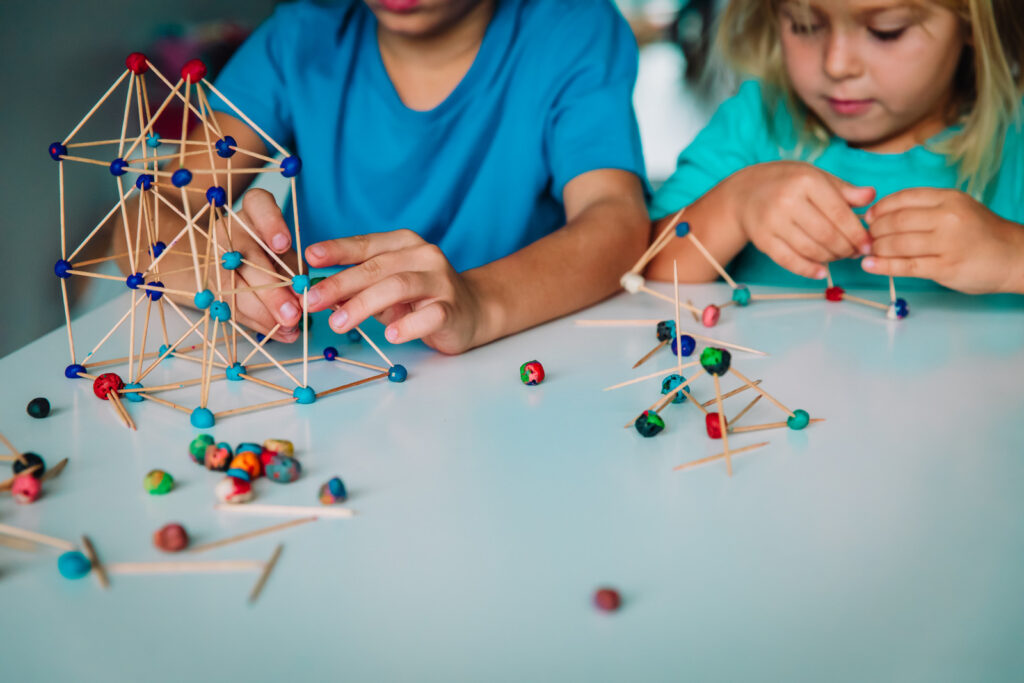Observing the historical remains of the development of human civilisation, we are often fascinated by monumental buildings. We wonder how it was possible that they were so impeccably built centuries ago without the technology available today.
Encouraging students to think about it, and especially to create models of historical artefacts, is crucial for their overall development. In the STEAM in Times project, we encourage the implementation of projects that delve into historical designs, allowing students to make models of some structures from the past. In addition to tangible creations, the application of these projects in classes or through project days plays a key role in emphasising the historical importance of science, mathematics and art.
STEAM projects for younger students offer a hands-on learning experience that goes beyond textbooks. By encouraging students to make historical objects such as the Leaning Tower of Pisa, an aqueduct, scales, bridges and even parachutes, teachers aim to instil a deeper understanding of how science and mathematics were integral to the construction of these iconic buildings.

These projects not only engage students in the practical application of scientific and mathematical principles but also provide a tangible connection to history. As students follow blueprints and directions, they develop problem-solving skills critical thinking, and practice their practical skills. Through teamwork, they develop their communication skills and take responsibility for their work and results. It is important to give students the opportunity to express their feelings and the experience they have gained in the workshops. Therefore, it is important to offer them a self evaluation sheet that is attached to each pedagogical sequence.
In this project, we also offered several blueprints that contribute to the development of a number of physical and mental skills, for example, juggling and making juggling balls. Whether it’s improving hand-eye coordination, improving focus, or promoting stress relief, juggling offers a unique and enjoyable way to encourage personal growth and skill development, so it’s no wonder these skills were valued in ancient Egypt. Juggling may not be directly related to numeracy, but it can contribute to the development of various mathematical skills and abilities, especially in areas such as spatial intelligence, coordination, and logical thinking.
Dissemination of STEAM projects is extremely beneficial for students. As students show their creations to peers, parents, and the community, they become ambassadors of knowledge, communicating the importance of science and math in shaping our world. These projects become living examples of how the foundations laid by historical figures in the STEAM fields continue to influence our lives today.
By implementing such projects in learning and teaching, teachers inspire the next generation of innovators. The dissemination process allows students to be proud of their creations, fostering a sense of achievement and curiosity. Also, if students fail, we must encourage them that it is important to learn from mistakes and that this is an important part of learning. By recognising connections between historical achievements and their own projects, students are more likely to continue their studies and pursue careers in STEAM fields.
Through such projects, students become transmitters of knowledge, connecting the past with the present. STEAM projects inspire the next generation of thinkers, creators and problem solvers. In doing so, we raise awareness of how knowledge from the STEAM field was crucial in shaping the world we live in today.